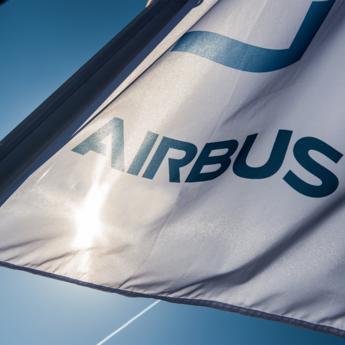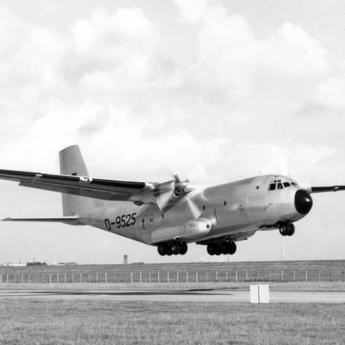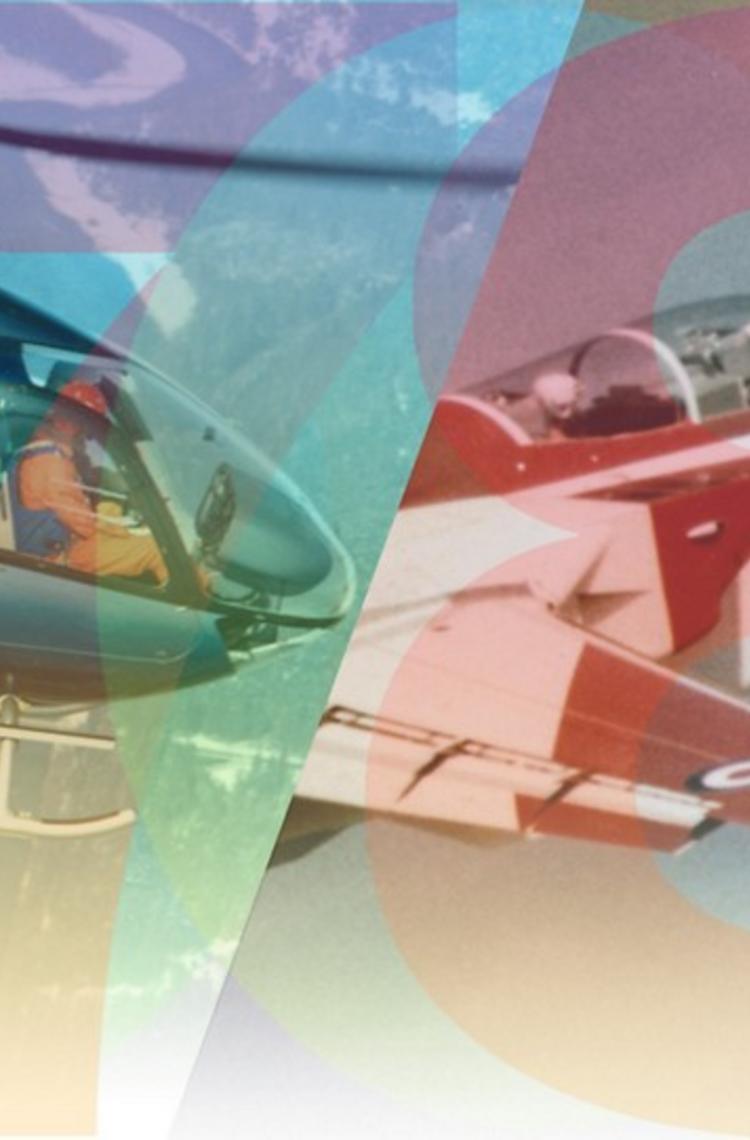A rich and varied heritage
The first Airbus aircraft, the A300B1, first took to the skies on October 28th, 1972. Just over fifty years later Airbus is a world leader in designing, manufacturing and delivering aerospace products, services and solutions globally.
For the A300B1 to happen it required the pooling of the vision, expertise and knowhow of the aerospace champions in the Airbus home countries. By joining forces in an until then unprecedented industrial cooperation, Airbus’ success owes as much to its culture of collaboration and diversity as it does to its pioneering spirit and innovative mindset. Many of Airbus’ sites in the four home countries are steeped in history dating back to the earliest days of aviation. Today in the 21st century, history is being written at Airbus sites all over the world as we pioneer the transition of our industry towards sustainable aerospace.
Take a journey with us, in the pages below, through some of the highlights of our company over the past 50 years, and from the companies that became Airbus over the past 110 years.

Our predecessors
From the 1910s, Europe’s aviation pioneers led rapid progress, driven by innovation and competition. World War I and II accelerated advancements like turbojet engines and radar, laying the groundwork for commercial aviation. Post-war, Europe’s aviation industry thrived, producing icons like the Concorde and Caravelle, culminating in the Airbus A300—an unprecedented multinational collaboration. Today, Airbus unites over 90% of Europe’s aerospace legacy and has become a global leader in sustainable aviation, driving industry transformation and innovation worldwide.

Our journey
In the late 1960s, Airbus’ predecessor companies from France, Germany, the UK, and Spain laid the foundation for today’s industry leader through cooperation on projects like the A300 and rotary-wing aircraft. Airbus revolutionized air travel with the A300, the first twin-engine wide-body airliner, building on innovations like the Concorde and Caravelle. In helicopters, Eurocopter (now Airbus Helicopters) emerged as a leader after the 1992 merger of French and German divisions. Defense collaboration grew post-WWII, leading to Airbus’ unified defense industry in 2000. In space, Airbus consolidated Europe’s expertise, shaping programs like Ariane and Galileo.
From the archives
In the spotlight

News Commercial Aircraft
Airbus and Korean Air celebrate 50 years of partnership
This week marks the 50th anniversary of the long-standing partnership between Airbus and Korean Air. This dates back to 5 September 1974, when the airline placed its first order with Airbus for the…
Press releases Helicopters
Airbus finalises acquisition of Aerovel and its UAS Flexrotor

Stories Defence
#EurofighterNextGen - Taking the Eurofighter to the next level

Stories Company
The Transall Turns 60

Stories Company
28 October, 50th Anniversary of the first flight of the Airbus A300
